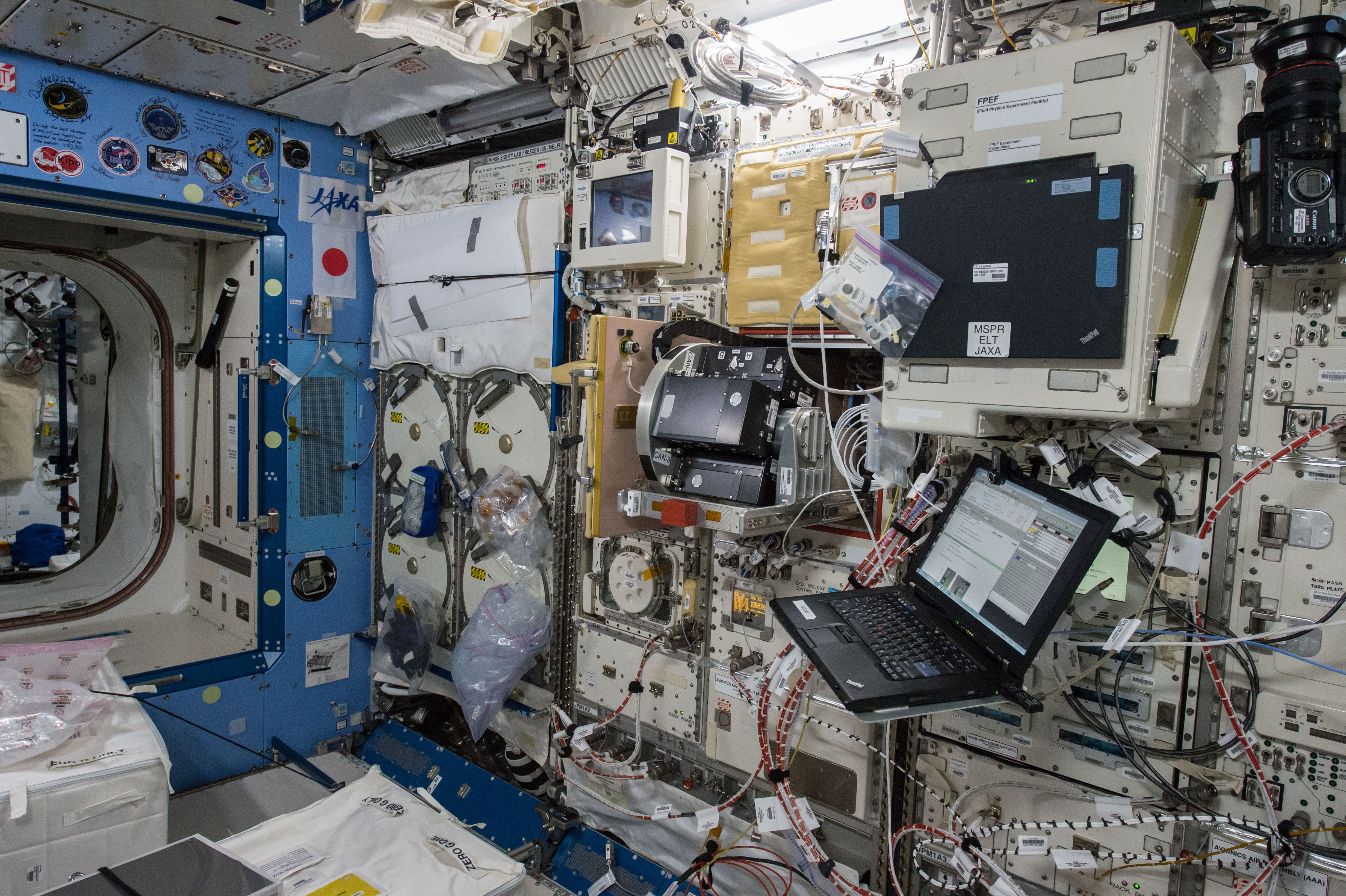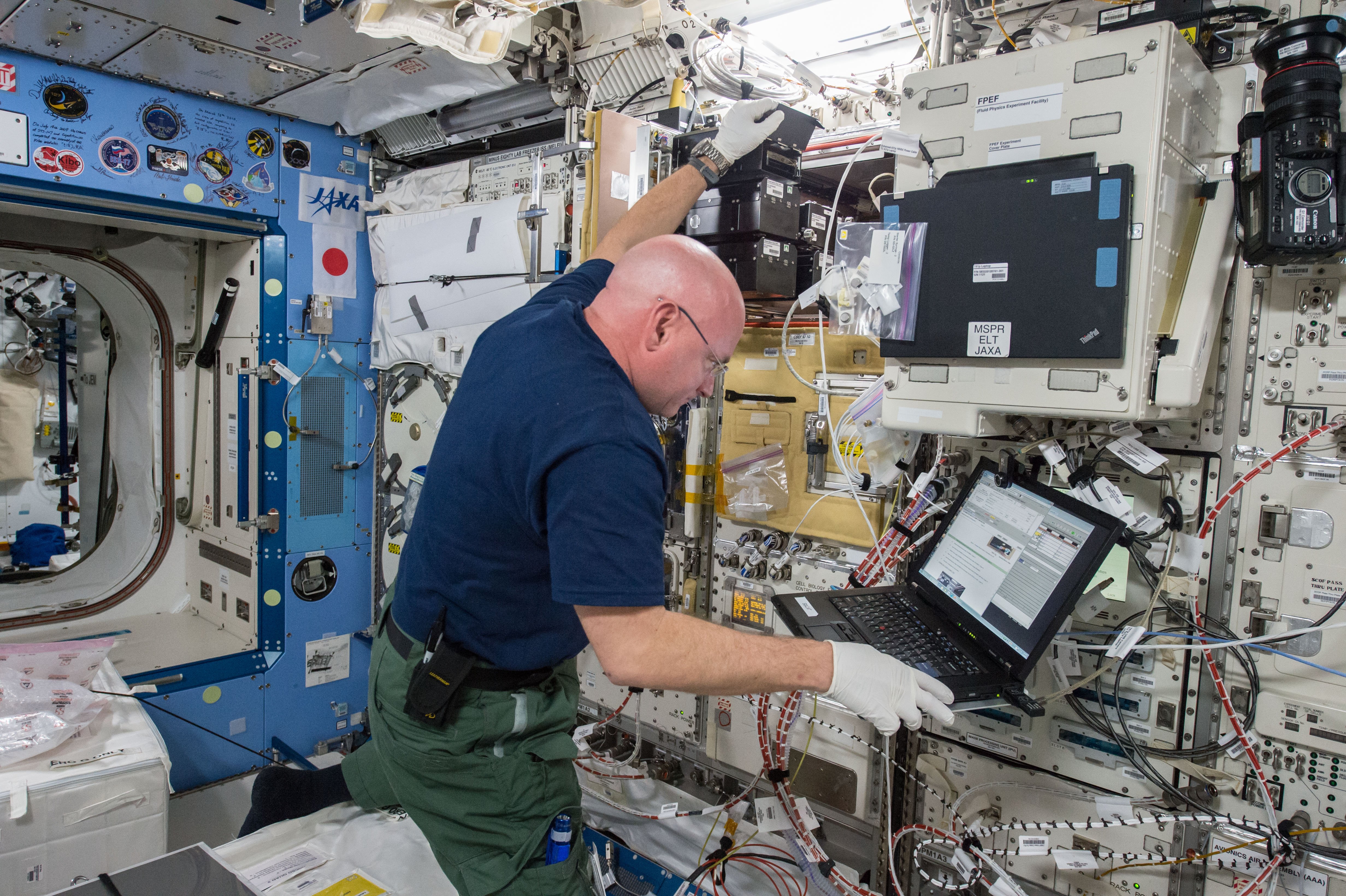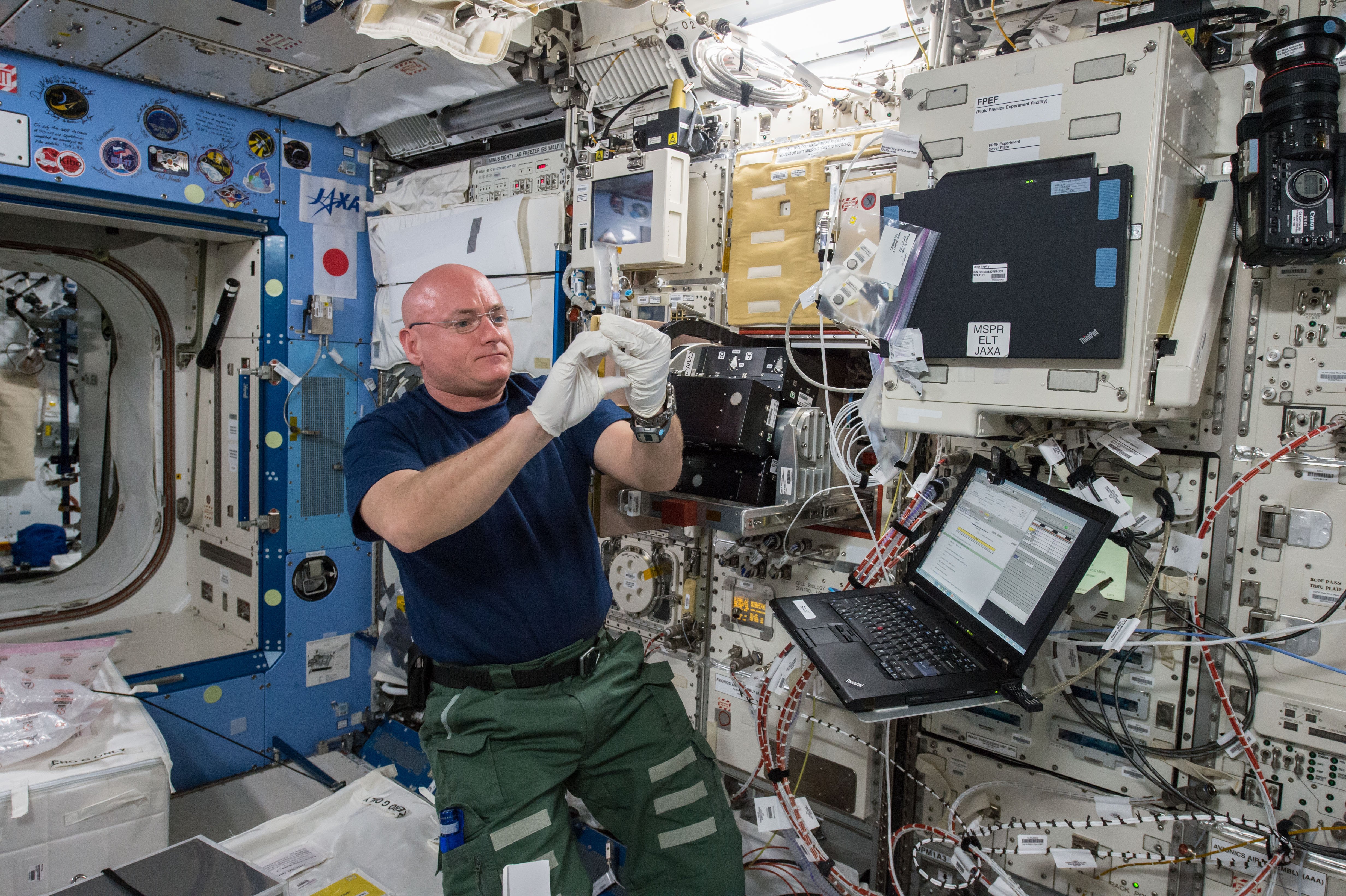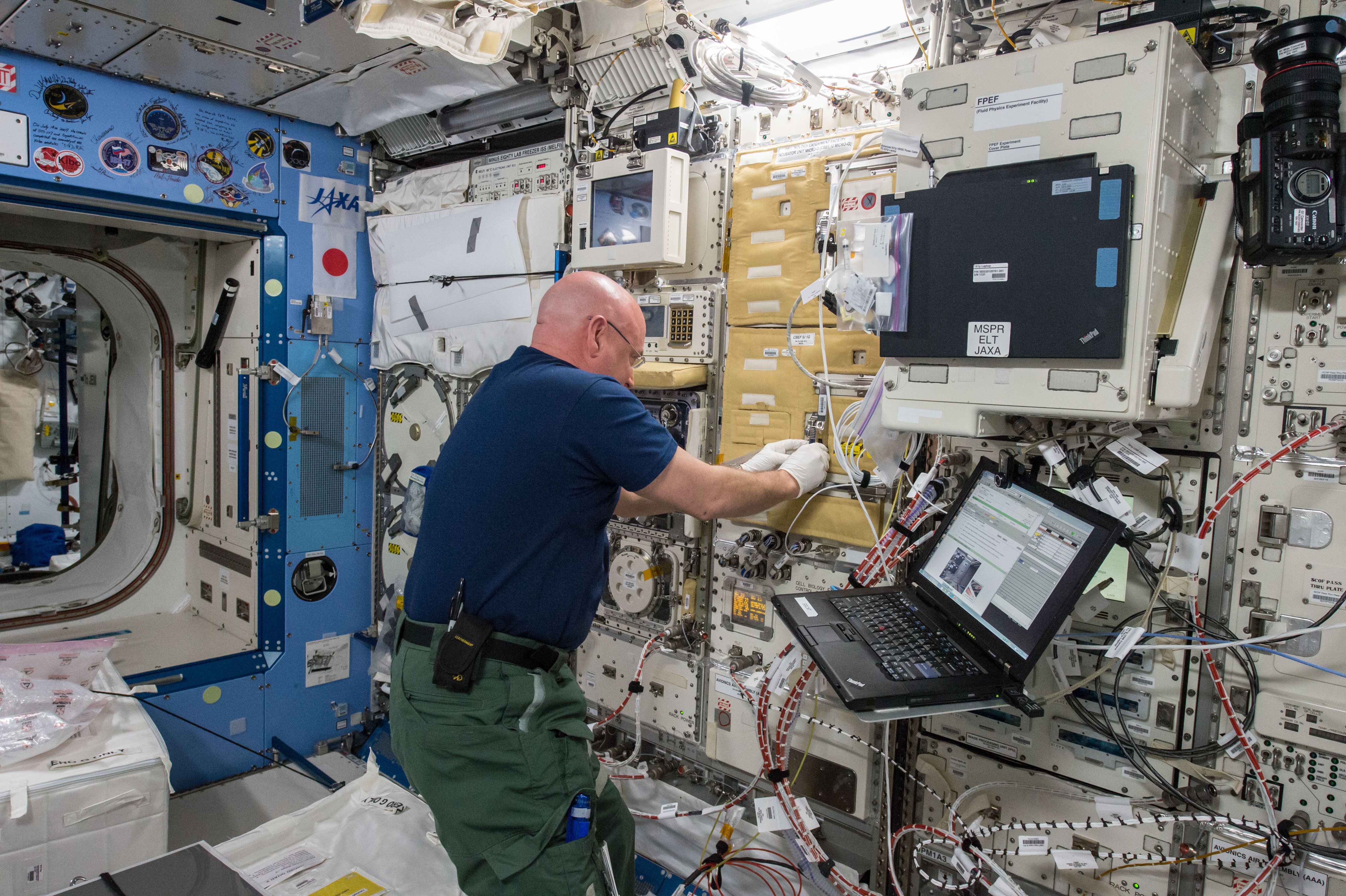- completed
[Space Aging]
Study of the effects of space flight on the aging of C. elegans
- Biology and Biotechnology
ISS Science for Everyone
SCIENCE OBJECTIVES FOR EVERYONE
Space Aging is an investigation aimed to study of the effects of space flight on the aging of C. elegans roundworm, a model organism for a range of biological studies. Microgravity causes a number of physiological changes, like heart and bone deconditioning, involving mechanisms that are poorly understood and may affect the rate at which organisms and astronauts age. Space Aging grows millimeter-long C. elegans roundworms in microgravity and compares their health and longevity with control specimens kept on Earth.
Experiment Description
RESEARCH OVERVIEW
- Microgravity has been shown to induce several physiological or pathological changes. However, how microgravity affects organism aging and lifespan is not well understood.
- The aging rate and the life span of C. elegans is measured in space with and without gravity. These results are compared with those of a ground control sample population.
- The impact of this investigation is to obtain some basic insights into aging in space, not only intriguing from a basic scientific perspective, but also important from a space medical aspect. It is anticipated that some novel longevity genes will be found.
DESCRIPTION
A system for automatically taking moving pictures of worms every day in space and transmitting the data to the ground is being prepared. The customized software for estimating the aging rate and viability of worms from the data is being developed. The methods of returning sample for analysis of gene expressions in space are being improved.
Media Gallery





Applications
SPACE APPLICATIONS
It is important to understand possible effects of microgravity on the aging process if long-duration space missions are attempted. In addition to astronauts themselves, organisms used in life support systems may also be adversely affected by microgravity-caused changes to their aging processes, possibly limiting their roles in making long missions possible. Space Aging studies will help ensure that such problems do not arise.
EARTH APPLICATIONS
Results from the microgravity environment of space provide additional comparison points for studies of longevity and premature cell death on Earth.C. elegans is a model organism widely used in studying animal development and genetics. Longevity factors from work in space helps direct work on novel drugs on Earth.
Operations
OPERATIONAL REQUIREMENTS AND PROTOCOLS
All 8 sample holders should be returned in cold storage. Video data of samples in the cassettes should be downlinked through IPU.
Activity 1: Insert 2 sample holders containing launch control samples into MELFI at -95°C.
Activity 2: Insert 1 sample holder and 2 cassettes containing nematode samples to each of 6 canisters. Insert 2 cassettes (and 1 sample holder for Nematode Muscles experiment) containing nematode samples to each of other 2 canisters. Set 8 canisters to CBEF and start incubation at 20°C.
Activity 3: Downlink video image of samples in the cassettes once everyday till the end of the experiment.
Activity 4: Sixteen days after the turning over (T/O) of samples, stow 2 sample holders into MELFI at -95°C.
Activity 5: Eighteen days after T/O, stow 2 sample holders into MELFI at -95°C.
Activity 6: Twenty-six days after T/O, stow 2 sample holders into MELFI at -95°C.
Activity 7: After 90 days of incubation, detach all canisters from CBEF and discard.
Publications
PRINCIPAL INVESTIGATOR(S)
HONDA Yoko [Tokyo Metropolitan Institute of Gerontology]
Unless specified otherwise, rights to all images belong to ©JAXA



